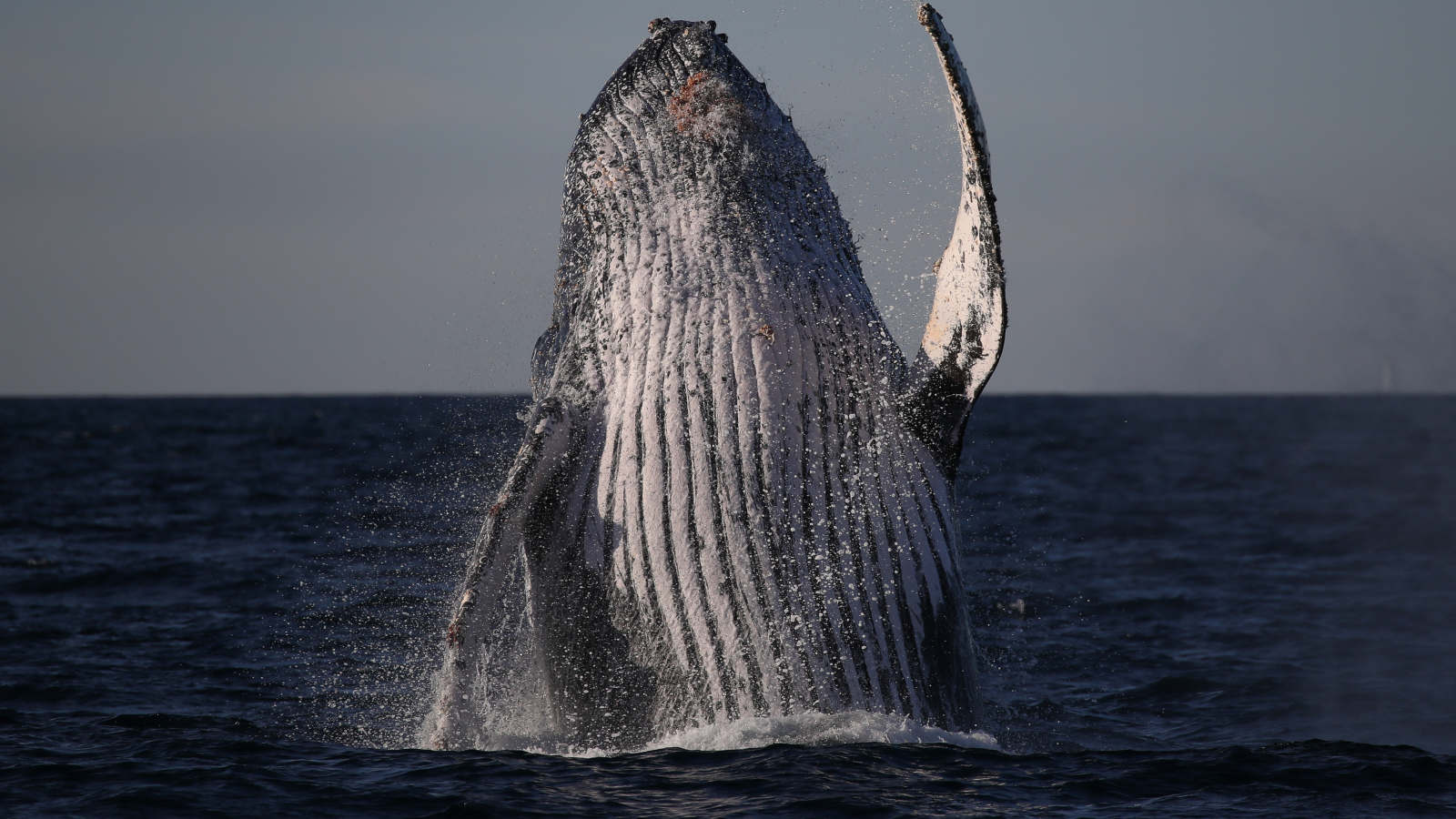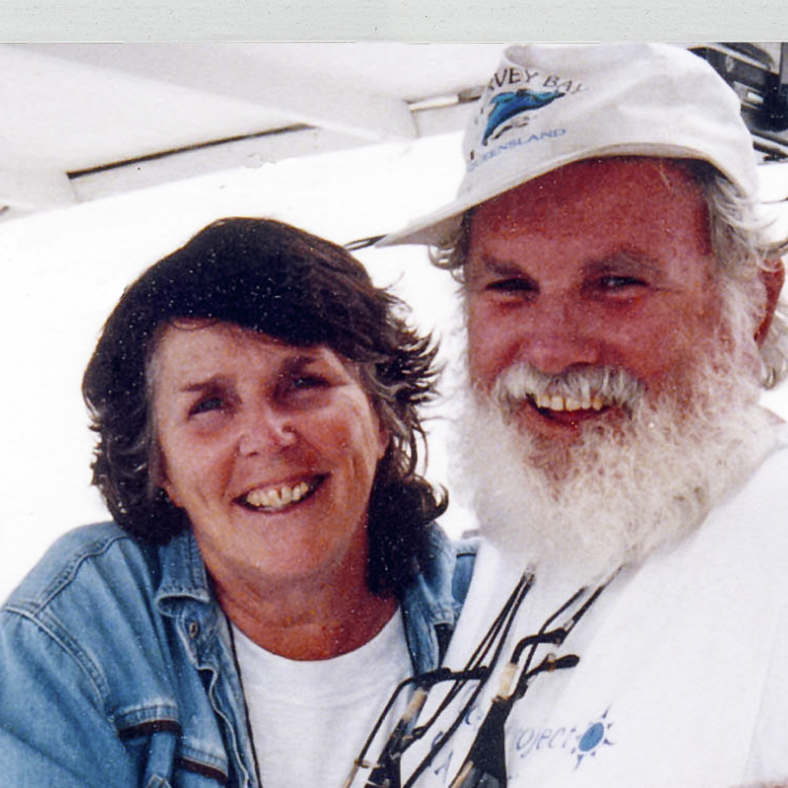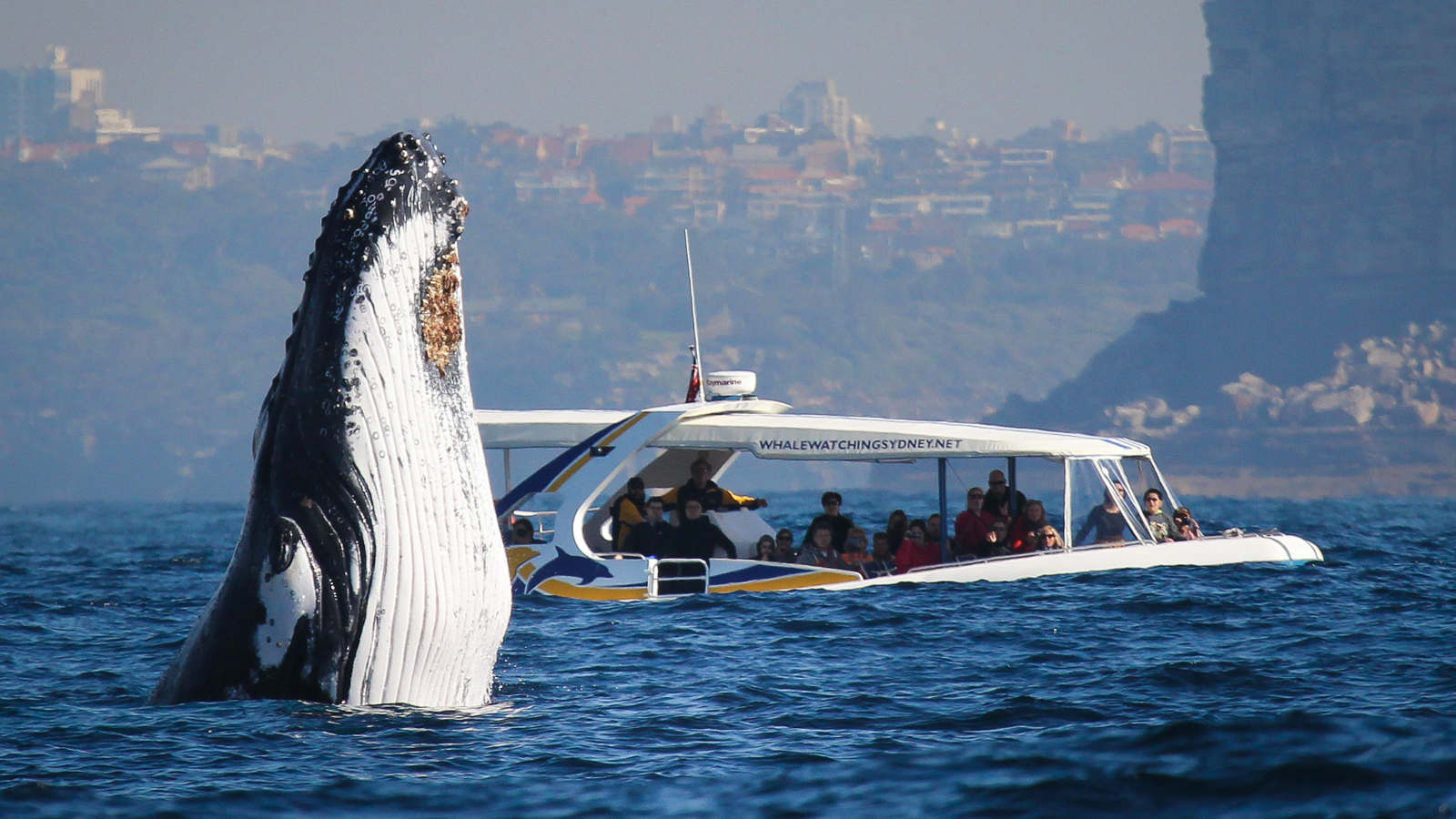Superheroes of the deep: humpbacks bounce back from near extinction to help fight climate change
by Amelia McGuireFinally, some good environment news: the humpback whale population is recovering from near extinction with 40,000 expected off the Australian east coast this breeding season, while helping the world fight climate change.

In a normal year, May marks the start of the whale watching season with ships and boats jostling for best viewing positions in search of the East Australian Humpback as they migrate from Antarctica to give birth in the Great Barrier Reef.
This year, thanks to the COVID-19 restrictions on tourists, the whales are journeying solo.
Dr Wally Franklin, from Southern Cross University's Marine Ecology Research Centre, said the East Australian Humpback is now growing 10 per cent annually. This is a feat marine biologists thought “impossible” after numbers had crashed to 150 during the 1960s, before international pressure led to whaling bans.

He said the recovery of humpback and other whale populations was playing a little known role in balancing the ocean’s ecosystem and the planet's oxygen levels.
The ocean's microscopic, single-celled plant known as phytoplankton produces more oxygen than all forests combined, with marine biologists estimating it contributes between 50 per cent and 85 per cent of the Earth’s oxygen levels.
Phytoplankton is consumed by "krill", a shrimp-like crustacean which makes up the diet of Humpback whales. When there are not enough whales in the ocean, krill consume phytoplankton at an unsustainable rate and threaten the global oxygen supply.
Jonas Leibschner, of Whale Watching Sydney, said the pandemic had hurt the industry, but he is hopeful they will resume their trips by mid-June.

Whale Watching Sydney usually has two boats going out twice a day from the beginning of May in search of whales. The first boat can carry 250 people and another has 50.
Under the current COVID-19 restrictions, the numbers are limited to 50 clients on the larger boat and 10 on the smaller, which will result in a massive loss of income in an already squashed season.
Mr Leibschner said was approaching the challenge with a resolved optimism. “These are the cards we have been dealt and things are finally beginning to look up again, here’s hoping,” he said.
For Dr Franklin, the humpback whale is a success story and should remind humans of our ability to “re-correct" environmental mistakes and look towards a sustainable future.
Dr Franklin said he hoped the same ethos behind the whaling bans will be reignited to tackle the rising sea temperatures and a warmer climate threatening max extinctions.
“We need to value living harmoniously in our larger environment,” he said.